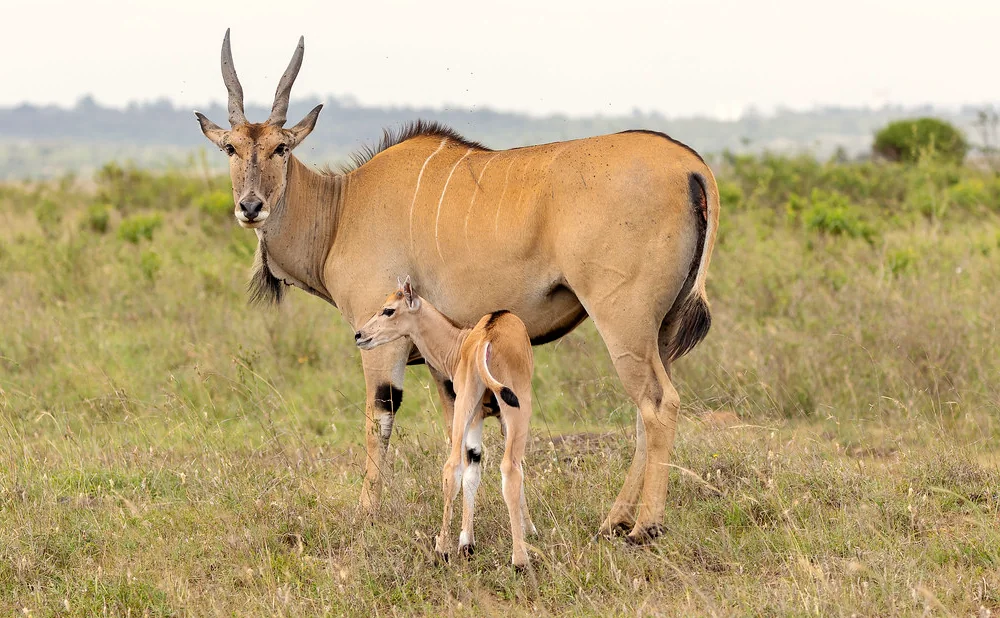Ngorongoro Crater

Ngorongoro Crater: The Eighth Wonder of the World
Ngorongoro Crater, often referred to as the "Eighth Wonder of the World," is one of Africa's most iconic and breathtaking natural landmarks. Located in northern Tanzania, this UNESCO World Heritage Site is the world’s largest inactive, intact, and unfilled volcanic caldera. The crater is a unique blend of extraordinary wildlife, stunning landscapes, and rich cultural heritage, making it a must-visit destination for any safari enthusiast.
Key Highlights
1. Geological Marvel
Caldera Formation: Ngorongoro Crater was formed millions of years ago when a massive volcano exploded and collapsed in on itself, leaving a caldera approximately 20 kilometers (12 miles) in diameter and 600 meters (2,000 feet) deep. The crater floor covers an area of about 260 square kilometers (100 square miles) and is a haven for wildlife.
Diverse Ecosystems: The crater's unique topography creates diverse habitats, including open grasslands, acacia forests, swamps, and Lake Magadi, a shallow alkaline lake. These varied environments support a wide range of flora and fauna.
2. Incredible Wildlife
Big Five: The Ngorongoro Crater is one of the few places in Africa where visitors can see all of the "Big Five" (lion, elephant, buffalo, leopard, and rhinoceros) in one day. The crater is particularly famous for its dense population of lions, which are among the highest in Africa.
Black Rhinoceros: The crater is home to a small but stable population of critically endangered black rhinoceroses. These majestic creatures are often seen grazing on the crater floor, making Ngorongoro one of the best places in Tanzania to see them.
Elephants and Buffalos: Large herds of African elephants and buffaloes roam the crater floor, with elephants often seen near the Lerai Forest, where they feed on the lush vegetation.
Plentiful Herbivores: The crater is teeming with herbivores, including zebras, wildebeests, gazelles, and warthogs. The abundance of prey animals supports a healthy population of predators, including lions, hyenas, and cheetahs.
Birdlife: Over 500 bird species have been recorded in the Ngorongoro Conservation Area, with the crater’s varied habitats providing excellent birdwatching opportunities. Notable species include flamingos, which gather in large numbers on Lake Magadi, and a variety of raptors, such as the augur buzzard and the black kite.
3. Stunning Scenery
Panoramic Views: The views from the rim of the crater are nothing short of spectacular. Visitors can gaze down into the vast caldera, where the landscape unfolds like a natural amphitheater filled with wildlife.
Changing Landscapes: The scenery within the crater changes dramatically with the seasons, from the lush green grasslands of the wet season to the golden hues of the dry season, creating an ever-changing tapestry of colors and textures.
4 Cultural Heritage
Maasai Community: The Ngorongoro Conservation Area is home to the Maasai people, who have lived in harmony with the wildlife for centuries. Visitors can learn about Maasai culture and traditions, visit local villages, and witness the Maasai's age-old practices of cattle herding.
Olduvai Gorge: Located within the Ngorongoro Conservation Area, Olduvai Gorge is one of the most important paleoanthropological sites in the world. Often referred to as the "Cradle of Mankind," it is where some of the earliest human fossils were discovered, providing invaluable insights into human evolution.
5. Conservation Success
Unique Conservation Area: The Ngorongoro Conservation Area is a unique conservation model where wildlife coexists with semi-nomadic Maasai pastoralists. This integrated approach to conservation helps protect the region's biodiversity while preserving the Maasai's traditional way of life.
Rhino Conservation: The successful protection of black rhinoceroses within the crater is a testament to the conservation efforts in the area. The population, though small, is closely monitored and protected from poaching.
Quick Facts
Size: The crater floor covers approximately 260 square kilometers (100 square miles).
Location: Northern Tanzania, about 180 kilometers (112 miles) west of Arusha.
Best Time to Visit: The dry season (June to October) is ideal for wildlife viewing, while the wet season (November to May) brings lush landscapes and excellent birdwatching opportunities.
Activities: Game drives, birdwatching, cultural tours with the Maasai, and visits to Olduvai Gorge.
Accessibility: The crater is easily accessible by road from Arusha, and many safari itineraries include a visit to Ngorongoro.
Ngorongoro Crater is a natural wonder that offers an unparalleled safari experience. With its extraordinary concentration of wildlife, stunning landscapes, and rich cultural heritage, it is a destination that captivates all who visit. Whether you’re seeking the thrill of spotting the Big Five, the beauty of panoramic views, or the chance to explore ancient human history, Ngorongoro Crater promises an unforgettable adventure in one of Africa’s most remarkable settings.



